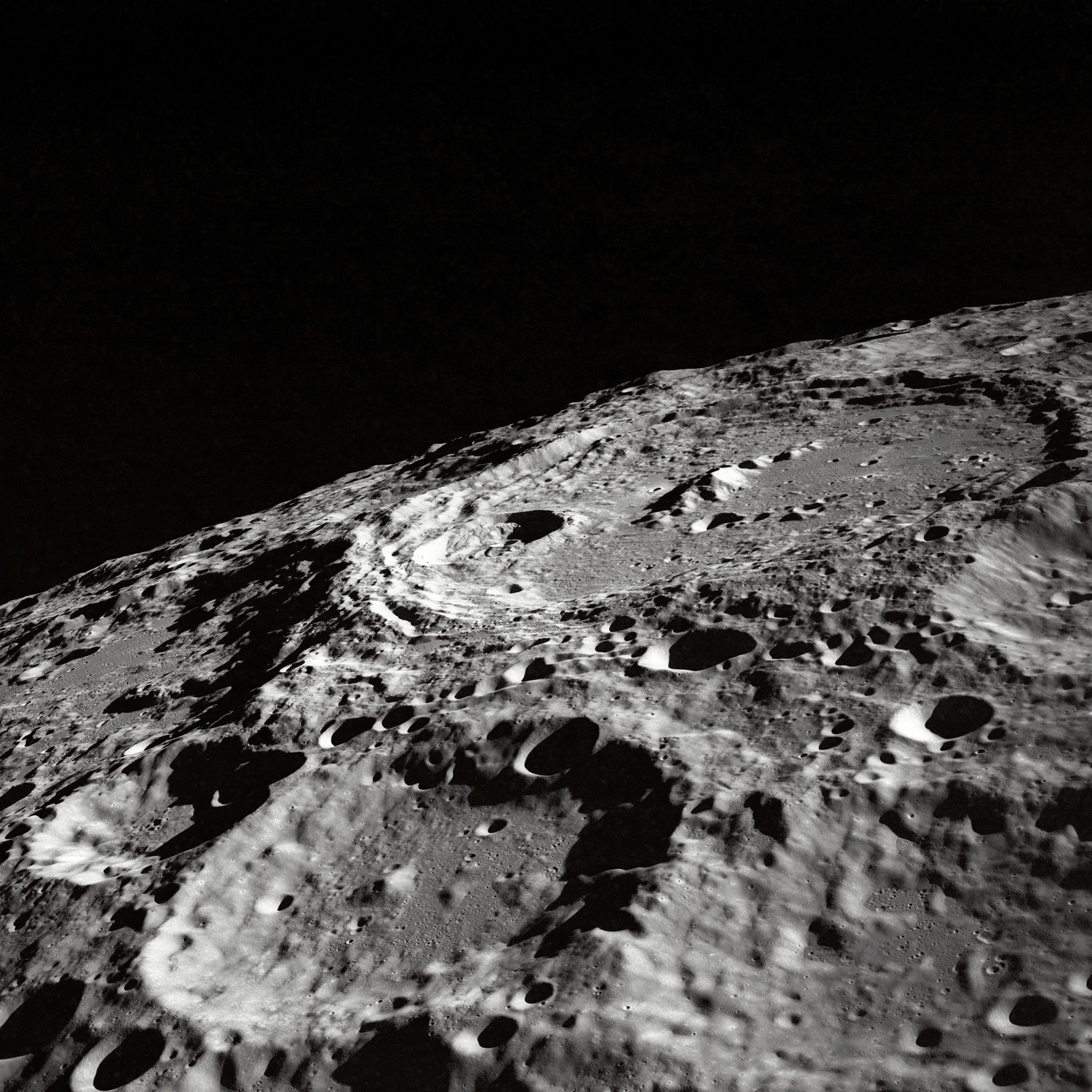How the Moon Cycle Affects Us
The moon, with its awe-inspiring beauty and mysterious nature, has captivated human beings for centuries. From ancient folklore to modern science, the moon has been an object of wonder and intrigue. But did you know that the moon cycle also exerts a profound influence on various aspects of our lives? In this blog post, we explore the fascinating ways in which the moon affects us.
Understanding the Moon Cycle
The moon undergoes a continuous cycle of changes, transitioning through different phases as it orbits around the Earth. The primary phases of the moon are:
- New Moon: The moon is not visible in the night sky.
- Waxing Crescent: A small, crescent-shaped slice of the moon becomes visible.
- First Quarter: Half of the moon is visible, resembling a semicircle.
- Waxing Gibbous: More than half but not all of the moon is visible.
- Full Moon: The entire moon is visible in its complete circular shape.
- Waning Gibbous: Similar to the waxing gibbous, but the visible portion decreases.
- Last Quarter: Half of the moon is visible again, but on the opposite side of the first quarter.
- Waning Crescent: A crescent-shaped slice, opposite of the waxing crescent, becomes visible.
These phases occur due to the relative positions of the Earth, moon, and the sun. The moon’s gravitational force on Earth causes ocean tides and affects various natural phenomena. Interestingly, it also impacts our emotions, behavior, and overall well-being.
Lunar Influence on Human Emotions
Many ancient cultures believed that the moon affected human emotions, and modern research supports this notion. One area of study, called lunar psychology, examines how lunar phases influence our emotional state.
A study published in the Journal of Affective Disorders found that during the full moon, individuals reported increased levels of anxiety and insomnia compared to other lunar phases. Another study published in BMC Psychiatry discovered a correlation between the new moon phase and an increase in depressive episodes among patients with bipolar disorder.
While more research is needed to fully understand the mechanisms behind these effects, it is clear that the moon’s cycle has the potential to impact human emotions, including mood and mental well-being.
Sleep and the Moon
One area where the moon’s influence is particularly evident is sleep. Our biology and circadian rhythms are intimately connected to natural light-dark cycles. The moon’s brightness during different phases can disrupt these patterns and alter our sleep quality.
A study published in the Current Biology journal examined the sleep patterns of participants under controlled laboratory conditions. The results revealed that participants experienced poorer sleep quality during the nights of a full moon. They took longer to fall asleep, experienced reduced REM sleep, and reported feeling less rested.
Whether it is due to the increased brightness or a subconscious biological response, it is clear that the lunar cycle can impact our sleep, which, in turn, affects our overall health and performance.
Nature’s Response to the Moon
It is not only human beings who see the effects of the moon cycle. Many plants and animals are directly influenced by lunar patterns.
For instance, the moon plays a crucial role in the reproductive behaviors of certain marine creatures, such as coral spawning and sea turtle nesting. Pheromonal cues triggered by moonlight guide their mating and nesting rituals.
In addition, some plants are known to adjust their growth patterns based on lunar cycles. A study published in the American Journal of Botany highlighted that moon-related variations in gravity influence the growth rates of some plants, mainly through the movement of water in their tissues.
These examples demonstrate the intricate connection between the moon and the natural world, affecting everything from reproductive behaviors to plant growth.
Myth and Superstition
Throughout history, the moon’s influence has often been surrounded by myths, superstitions, and folklore. From werewolves and lunar eclipses to luck and fortune-telling, the cultural impact of the moon cycle cannot be overstated.
While scientific understanding helps us separate fact from fiction, the moon’s allure persists in our collective consciousness. Whether it is the superstitions associated with Friday the 13th or the ancient beliefs surrounding the moon’s power, these myths continue to shape our cultural and artistic narratives.
The Moon as a Source of Inspiration
Beyond the direct effects on our emotions and biology, the moon has been a perpetual source of inspiration in the realms of literature, art, and even music. From Shakespeare’s sonnets to Van Gogh’s iconic “Starry Night,” the moon’s ethereal beauty and enigmatic nature have fueled the creative spirit throughout history.
The moon has also been an object of scientific study and exploration, culminating in the historic Apollo moon landings. As we expand our knowledge of the moon, we gain a deeper appreciation for its influence on our planet and our place in the universe.
Conclusion
The moon cycle holds a profound influence on various aspects of our lives. From our emotions and sleep patterns to the natural world around us, the moon’s presence shapes our experiences in both tangible and intangible ways. While scientific research continues to unravel the mechanisms behind these influences, it is clear that the moon’s enchanting power remains an integral part of our collective human experience.
So, the next time you gaze up at the night sky and see the moon shining brightly, take a moment to appreciate its timeless, celestial dance and the cosmic impact it has on our world.
Table of Contents
